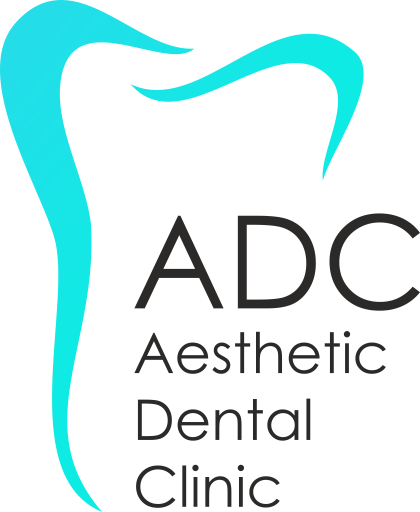Orthodontics is a branch of dentistry that focuses on correcting the improper position of teeth, particularly if this position causes problems such as aesthetic problems, unbalanced facial structure, or makes proper dental hygiene and maintenance more difficult.
Teeth that are crowded together, for example, are more difficult to clean, increasing the patient’s risk of cavities that can lead to tooth decay and gingivitis.
Meanwhile, severe problems with the position of the teeth can make it difficult for the patient to chew properly, requiring more effort from the jaw muscles, which increases the risk of developing temporomandibular joint disorder.
Orthodontics addresses such problems by guiding the teeth into better positions using various orthodontic treatments patients can choose depending on the severity of their condition.
Dental braces now come in many different types, including fixed and removable. Although traditional braces are made of metal, advances in orthodontic technology allow patients to use simpler treatments that can be easily clipped onto the teeth or more aesthetic options made of clear plastic materials called “invisible braces” or “aligners.” However, these alternatives tend to come with some limitations, and more severe orthodontic problems still benefit more from traditional fixed braces.
When should you visit an Orthodontist?
Patients should see an orthodontist if they have the following oral or dental problems:
- Crooked teeth
- Misaligned teeth
- Spacing problems, or teeth that are crowded or have large gaps/spaces in between
- Abnormal teeth arrangement
- Overbite or buck teeth
- Underbite
- Crossbite
- Open bite
- Misplaced midline
- Abnormal jaw development
What is the Orthodontic Procedure?
An orthodontic treatment usually begins with a consultation during which the orthodontist will assess the patient’s teeth and discuss the possible changes or improvements that can be undertaken by an orthodontic treatment as well as how they can be achieved.
If the patient decides to continue with the treatment, the dentist takes X-rays of the patient’s entire mouth. The acquired images will then be used as a guide during the placement process.
Throughout treatment, patients are advised to wear their braces as directed by the dentist.
Improper use of the splint will likely lead to unsuccessful treatment.
Patients will also be asked to return to the dental clinic every three to six weeks to have their braces checked and adjusted.
In addition, they will be instructed on how to keep their braces clean to prevent plaque and tooth wear, which can occur during the treatment process.
Although a proper orthodontic treatment will make it easier to clean the teeth, it does not guarantee that caries will not form, so it is important for the patient to apply the correct teeth hygiene.




